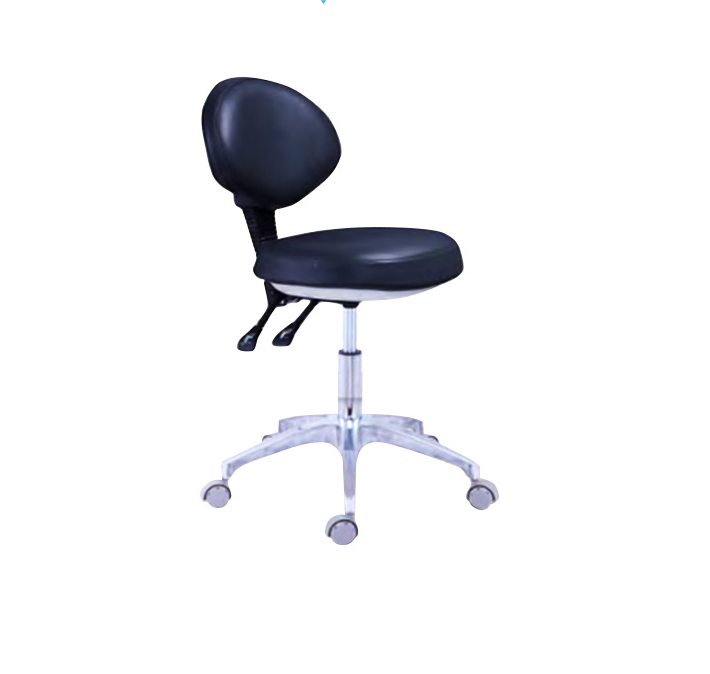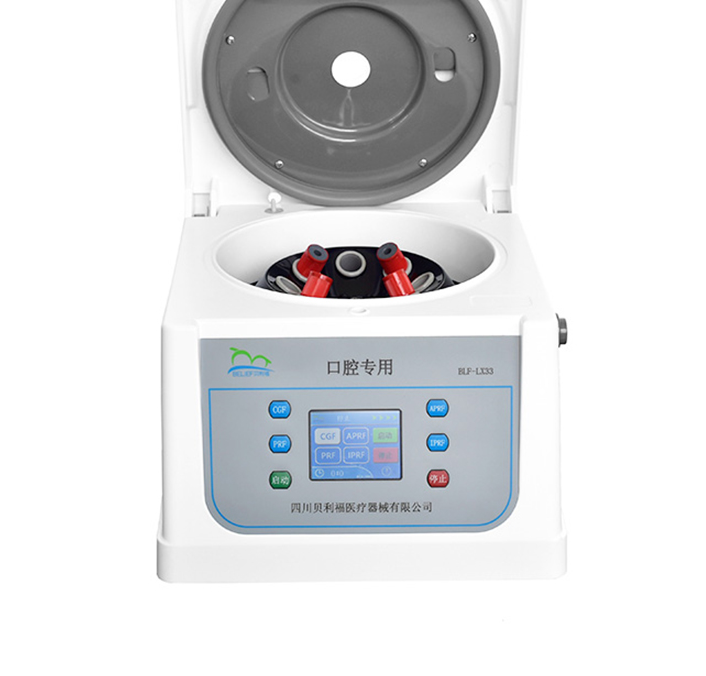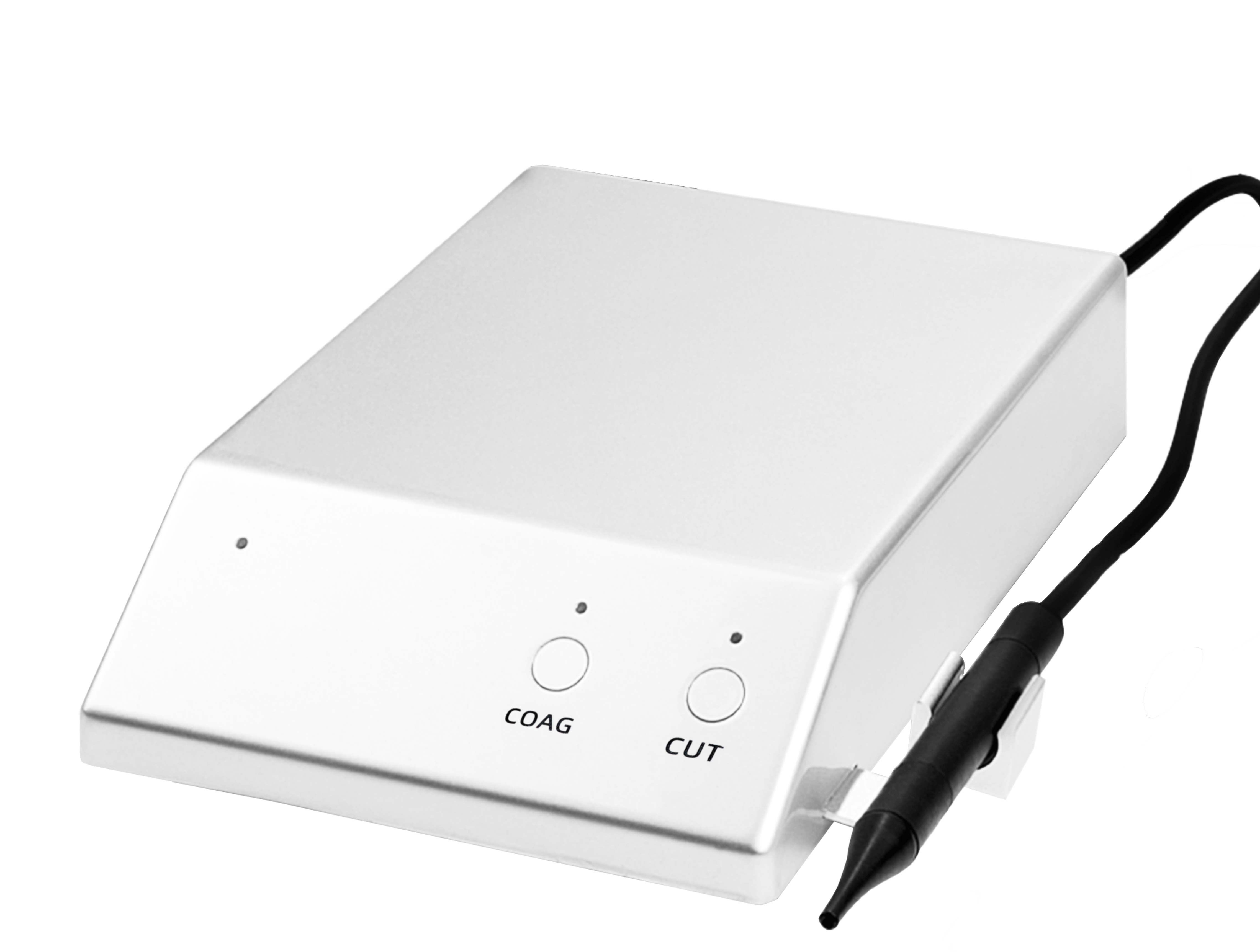dental elevators names and uses
Dental elevators are essential instruments in dental surgery, specifically designed for tooth extraction procedures. These specialized tools come in various types, each serving specific functions in the extraction process. The most common types include straight elevators, curved elevators, and root tip elevators. Straight elevators, such as the Coupland and Warwick James models, are primarily used for luxating teeth and separating periodontal ligaments. Curved elevators, including the Cryer elevator, are designed for accessing hard-to-reach areas and managing root fragments. Root tip elevators feature a narrow working end specifically crafted for removing broken root tips and fragments. The instruments typically feature ergonomic handles for optimal control and surgical-grade stainless steel construction for durability and sterilization compatibility. Modern dental elevators incorporate advanced design features like serrated tips for enhanced grip and various angles to accommodate different tooth positions. These instruments play a crucial role in minimizing trauma during extraction procedures and facilitating efficient tooth removal while preserving surrounding tissues.


